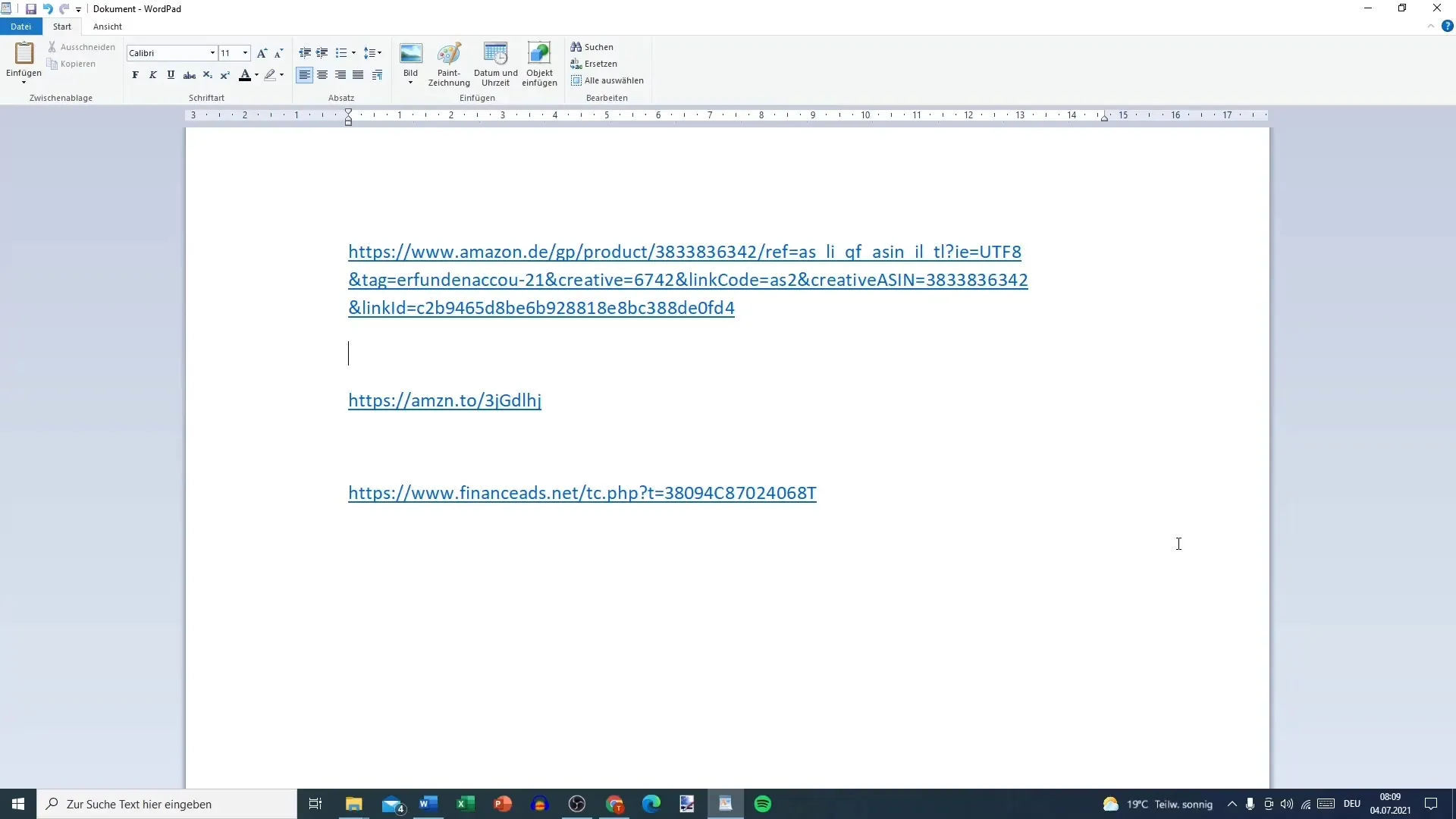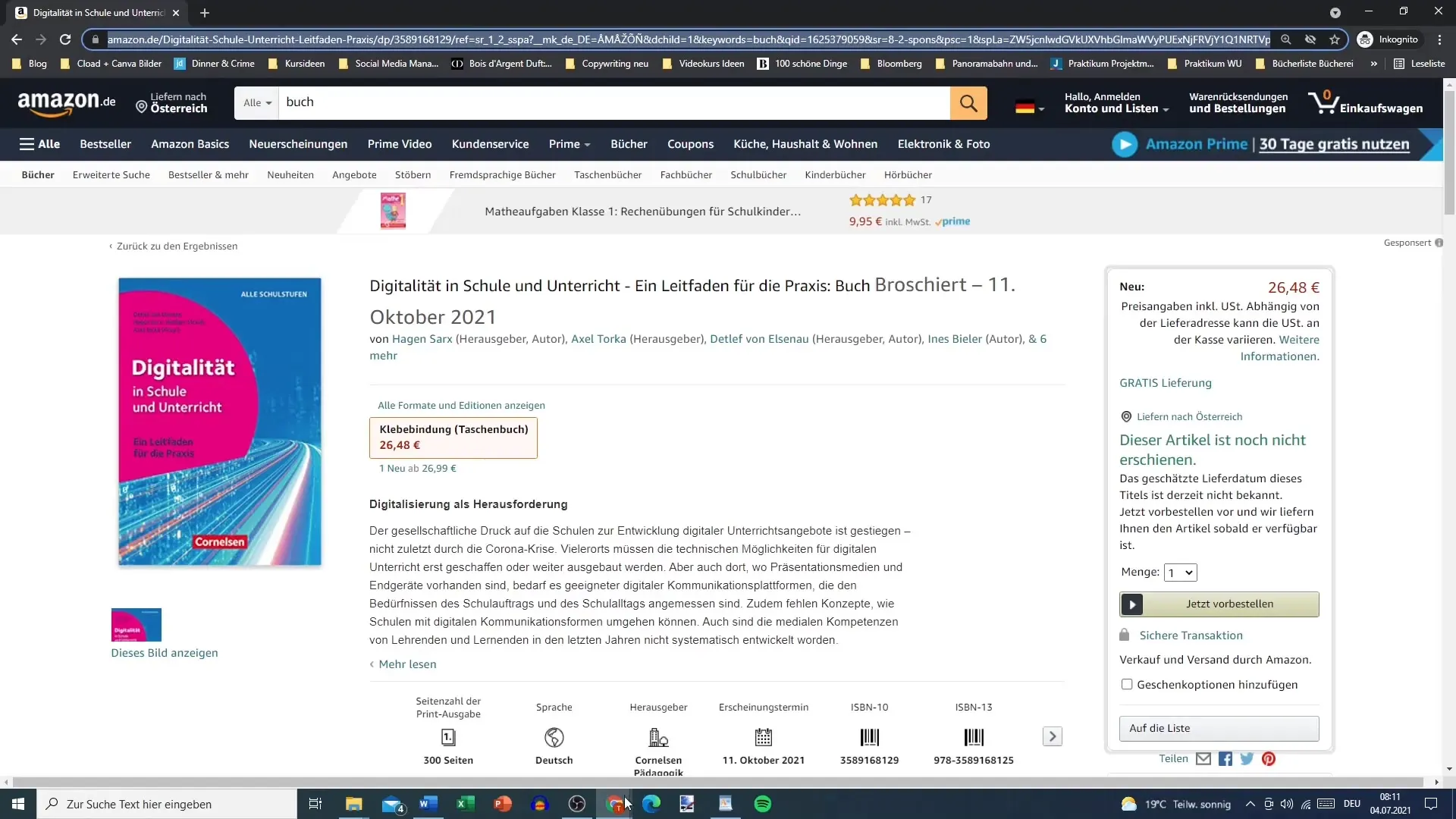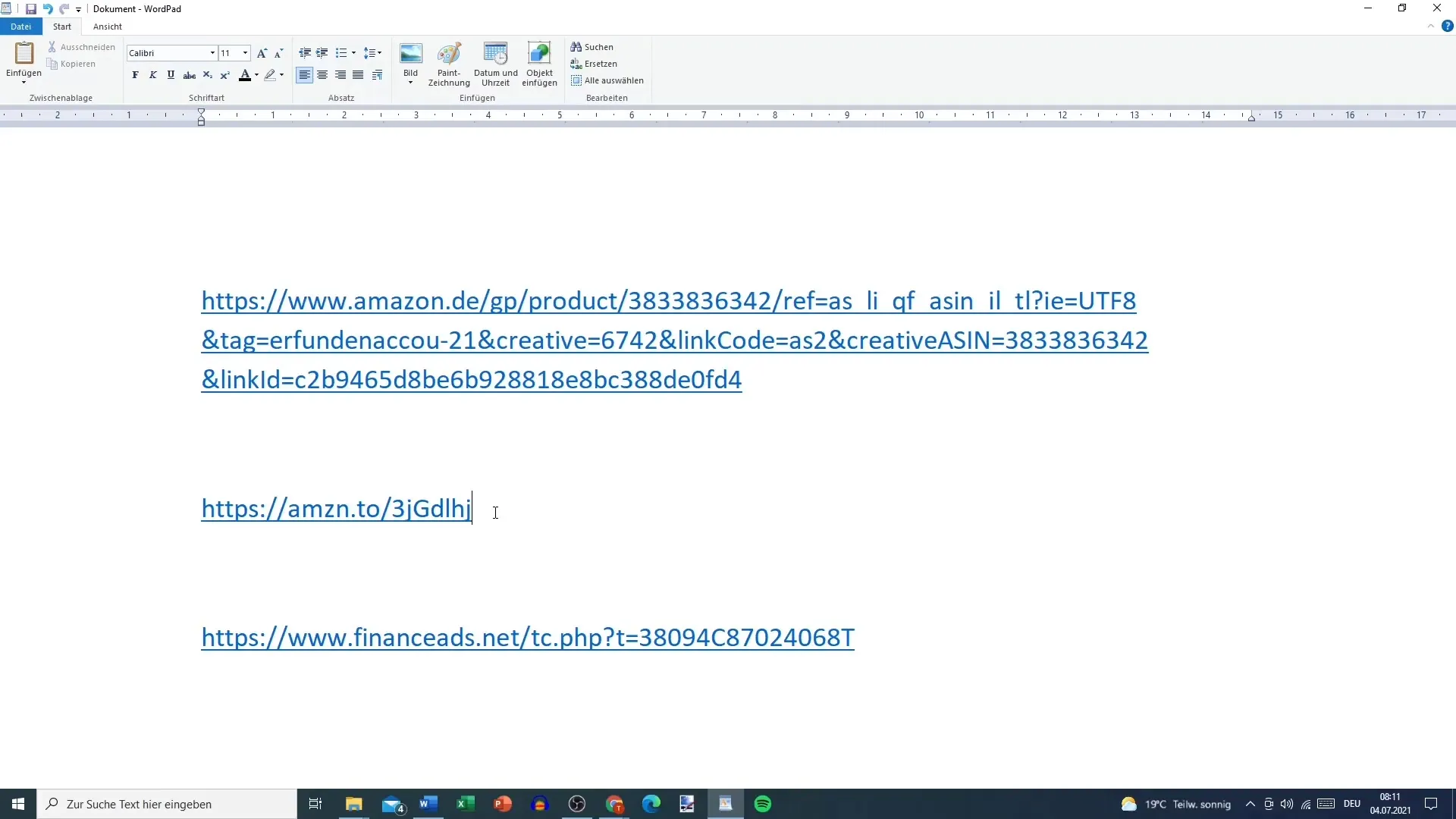Recognizing affiliate links is of great importance for anyone involved in online marketing or promoting products. Your ability to identify these links can not only help you create transparency but also optimize your marketing strategies. In this guide, I'll explain step by step how you can identify affiliate links on your own or others' platforms.
Key Insights
- Affiliate links contain specific identifiers like "ref".
- The structure of an affiliate link can often be recognized based on the provider used.
- Shortened links can be harder to identify but often require a more thorough examination.
Step-by-Step Guide
Step 1: Understanding Affiliate Links
To determine if a link is an affiliate link, you should look at the basic structure of such a link. For example, a typical affiliate link might contain the label "ref" or "aff", followed by an account ID. These are indicators that suggest you are dealing with an affiliate link.

Step 2: Analyzing Examples
Let's consider a specific example. Suppose you have a link that leads to a product on Amazon, and this link looks like amazon.de/gpproduct... Here you can tell that it might be an affiliate link if it contains the "ref" element. So, our crucial information here is - the "ref" part is important for identification.
Step 3: Differences Between Links
It is important to compare how affiliate links are structured compared to regular links. When you access another link that does not contain affiliate references, such as a simple product link on Amazon, you will notice that the account name is not included.

Step 4: Shortened Links
Shortened links pose a challenge. Often, at first glance, you cannot tell if it is an affiliate link or if the link has simply been shortened. To find out, you need to enter the link into a browser and see if the affiliate indicator is visible.

Step 5: Exploring Other Platforms
Also, look into other affiliate platforms such as Finance ADS or Digistore. These links often display unique identifiers and are usually easier to recognize as affiliate links because their structure is often very commercial in nature.
Step 6: Checking Affiliate Encoding
If there is an affiliate product code present, you will often see an ID or a specific number assigned to the respective affiliate partner. This way, you can quickly determine if it is an affiliate link.
Step 7: Profitability and Transparency
It is also important to know that affiliate links should often be made more transparent to the customer. When customers are aware that they generate a commission for purchasing a specific product, trust can be built.
Summary
The ability to effectively recognize affiliate links is an important skill for anyone in online marketing. While some links have clear identifiable features, others can be easily misleading. Therefore, it is advisable to always check the structure of the link and ensure you have the necessary information to reliably identify affiliate links.
Frequently Asked Questions
How do I recognize an affiliate link?An affiliate link often has specific identifiers like "ref" or "aff" in the URL.
Are shortened links always affiliate links?Shortened links can be affiliate links but are not always. Verification is necessary.
Where can I find typical affiliate links?You can find typical affiliate links on platforms like Amazon, Digistore, or Clickbank.


